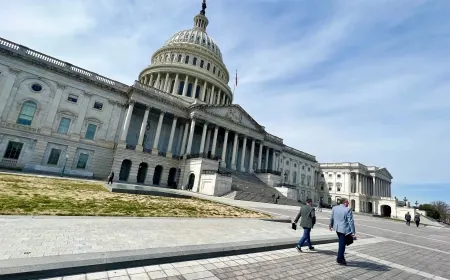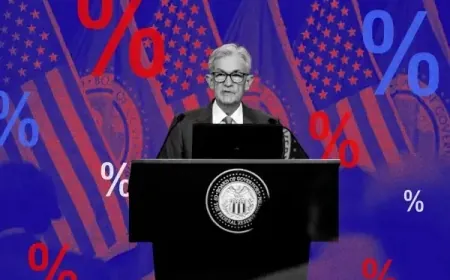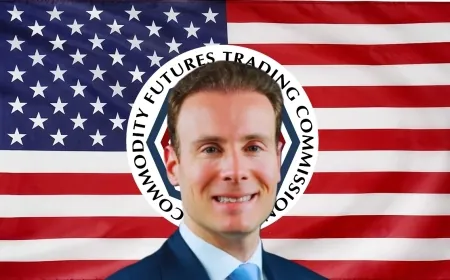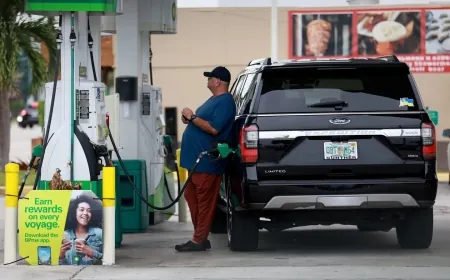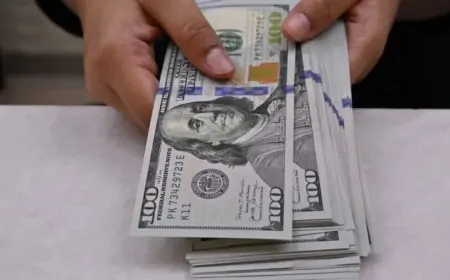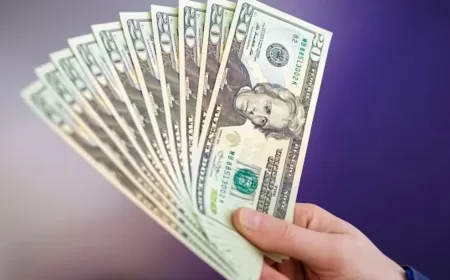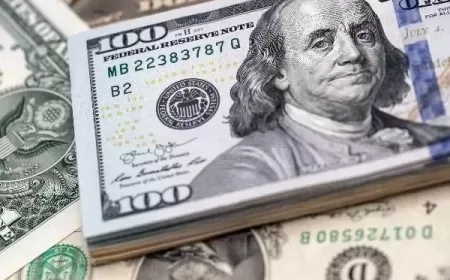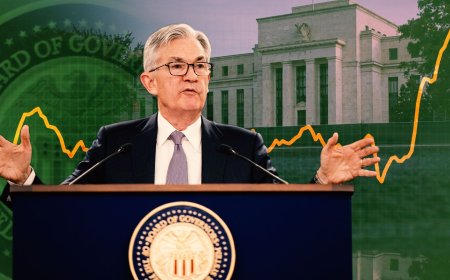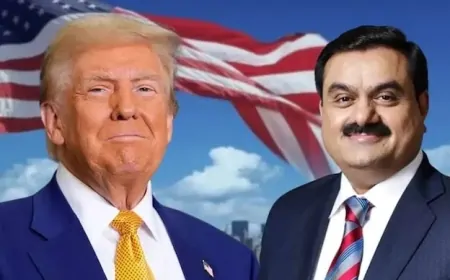Trump Imposes New Tariffs on Canada, Mexico, and China – Live Updates
Get the latest updates on Trump’s new tariffs targeting Canada, Mexico, and China. Follow the live coverage of reactions, retaliations, and economic impact.
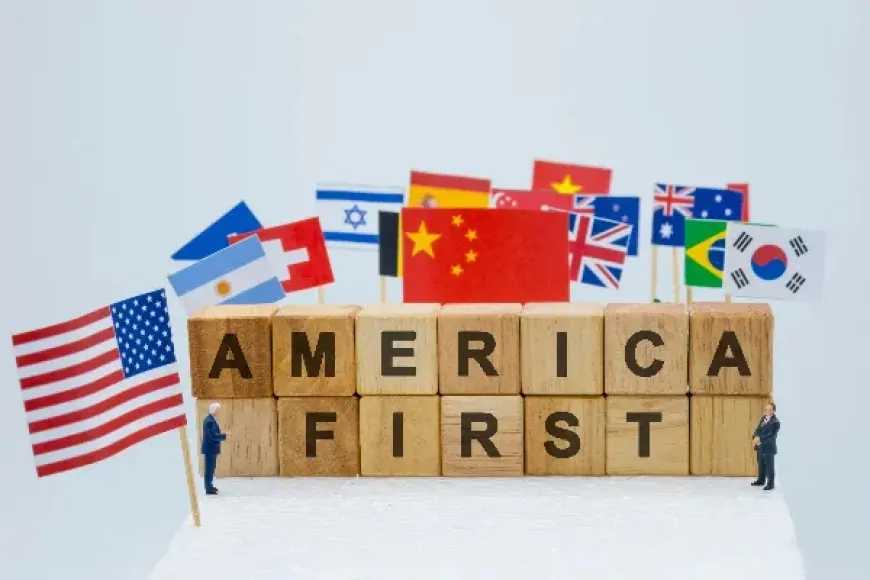
U.S. President Donald Trump has Imposed a series of new tariffs on three key trading partners: Canada, Mexico, and China. The announcement comes in response to what Trump describes as a "major threat" from illegal immigration and drugs. The tariffs include a 25% levy on imports from Canada and Mexico and a 10% tariff on goods from China.
Canada wasted no time in responding. Outgoing Prime Minister Justin Trudeau confirmed that Canada will impose retaliatory tariffs on $155 billion worth of U.S. goods, matching Trump’s 25% rate.
Mexico’s President Claudia Sheinbaum followed suit, announcing that her country would retaliate with similar tariffs in response to Trump’s actions.
China also expressed its intent to take “corresponding countermeasures,” signaling that the dispute could extend beyond the U.S.'s immediate neighbors. The tariffs risk undermining decades of trade relationships and could spark significant economic repercussions.
The White House stated that the tariffs will remain in effect "until the crisis is alleviated," but did not provide specific details on what actions would lead to an exemption. Officials also confirmed that no exclusions would be granted from the tariffs, and any retaliatory measures by Canada, Mexico, or China could lead to increased duties from the U.S.
Follow our live updates for more.
Key Moments
- Trump slaps 25% tariffs on Canada, Mexico, and 10% on China.
- Canada retaliates with 25% tariffs on $155B in U.S. goods.
- Mexico announces counter-tariffs on U.S. imports.
- China vows to implement retaliatory tariffs.
-
Trump Hits Canada, Mexico, and China with New Tariffs
President Donald Trump has announced fresh tariffs on three major U.S. trading partners—Canada, Mexico, and China—stating that the move is aimed at tackling issues related to illegal immigration and drug smuggling.
-
Tariff Rates Announced by Trump
President Donald Trump has implemented a 25% tariff on imports from Canada and Mexico, while goods from China will face a 10% tariff.
-
Tariffs Could Spark Trade Dispute
The tariffs threaten to strain economic ties with Canada and Mexico, two key U.S. trading partners, potentially disrupting established trade relations and prompting significant countermeasures.
-
Mexico Plans Retaliatory Tariffs
Mexican President Claudia Sheinbaum has confirmed that her government will respond to U.S. tariffs with its own countermeasures. She stated that she has directed the economy minister to move forward with "Plan B," which has been in development.
-
Canada to Impose 25% Tariffs on U.S. Goods
Following the U.S. tariff imposition, Canada has decided to retaliate. Outgoing Prime Minister Justin Trudeau revealed that Canada will introduce 25% tariffs on U.S. products worth C$155 billion ($106.5 billion).
-
Trudeau Warns of "Far-Reaching" Canadian Tariffs
Canadian Prime Minister Justin Trudeau announced that Canada's retaliatory tariffs will be extensive, targeting U.S. products such as beer, wine, bourbon, fruits, vegetables, orange juice, clothing, shoes, and perfumes.














